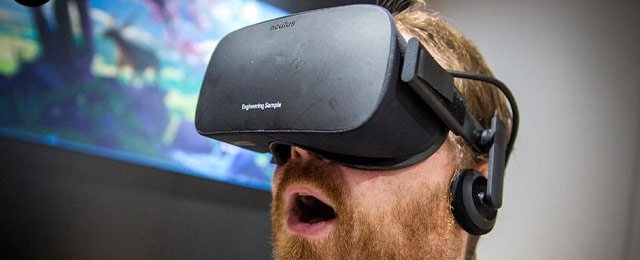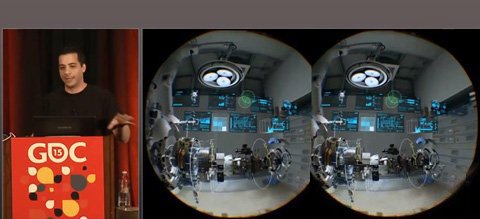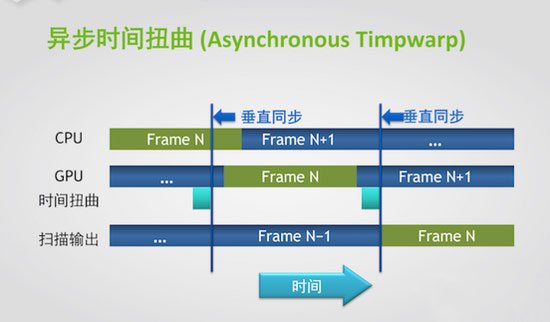Valve (US Villefort, masterpieces: Half Life, Counter Strike, DOTA2, etc.) has launched a brand new Steam VR beta version to respond to Oculus's "Asynchronous Timewarp" technology, which helps virtual reality Experience smoother operation. The new SteamVR supports "Asynchronous Reprojection". Currently does not support AMD graphics card (another A black product), NVIDIA graphics cards need to be updated to use the driver.

Many friends may be familiar with Oculus's Asynchronous Time Warp, a technology that generates intermediate frames. Simply put, this function can transmit smooth and smooth images without excessive hardware consumption. This technology was first implemented on the Gear VR headset, and Oculus added this feature to Rift (Oculus's VR product) in March this year.

The picture comes from the network
Oculus uses "asynchronous time warping" technology to make up for the hardware's inability to keep up with the required frame rate and the experience is not smooth. The frame rate required for the virtual reality experience is 90 frames per second. Below this speed, people will feel uncomfortable. As a result, various remedial techniques have emerged, such as the "reprojection" technique that attempts to keep the number of frames at 90 frames per second.

ATM processing
Recently, Oculus announced an adjunct technology called "Asynchronous Spacewarp" at the OC3 conference. This new technology can reduce the minimum configuration of the PC needed for Rift. In other words, after Oculus announced that the recommended computer could gain a good experience, the company has now redefined Rift's minimum hardware requirements and uses asynchronous space warping technology to enable low-profile PCs to run smoothly in virtual reality. For example, NVIDIA's latest release of the GTX 1050Ti graphics card may also be able to meet this minimum requirement.
Continue to optimize the wider adaptation
Valve takes a different approach, using a technique called Interleaved Reprojection instead of asynchronous time warping. Graphics programmers say that because Valve's method works with all current GPUs, it is equally supported on Macs and Linux. In contrast, Rift's technology can only be used on windows.

Asynchronous time skew
Valve also plans to work with GPU vendors to promote the second projection technology "for hardware-generated motion images", so similar to asynchronous space warping technology will also appear in Valve. But the difference is that Valve does not seem to reduce the recommended configuration, their goal is to provide customers with high-quality virtual reality, secondary projection technology is to ensure that occasionally dropped frames can be filled. Each software application will clearly list their minimum configuration, because only they know the actual minimum CPU required by their software.
Both Oculus and Valve admit that these technologies have different shortcomings. Artificially synthesized frames may feel uncomfortable. This is why Valve stated that it will continue to advise users to use recommended configurations to allow most VR software applications to achieve 90fps without using secondary projection technology. At the same time they will continue to work with developers to improve their engines to achieve the desired frame rate.
Spring Clamp Terminal Block,Spring Terminal Connector,Spring Loaded Terminal Blocks,Spring Cage Terminal Block
Cixi Xinke Electronic Technology Co., Ltd. , https://www.cxxinke.com